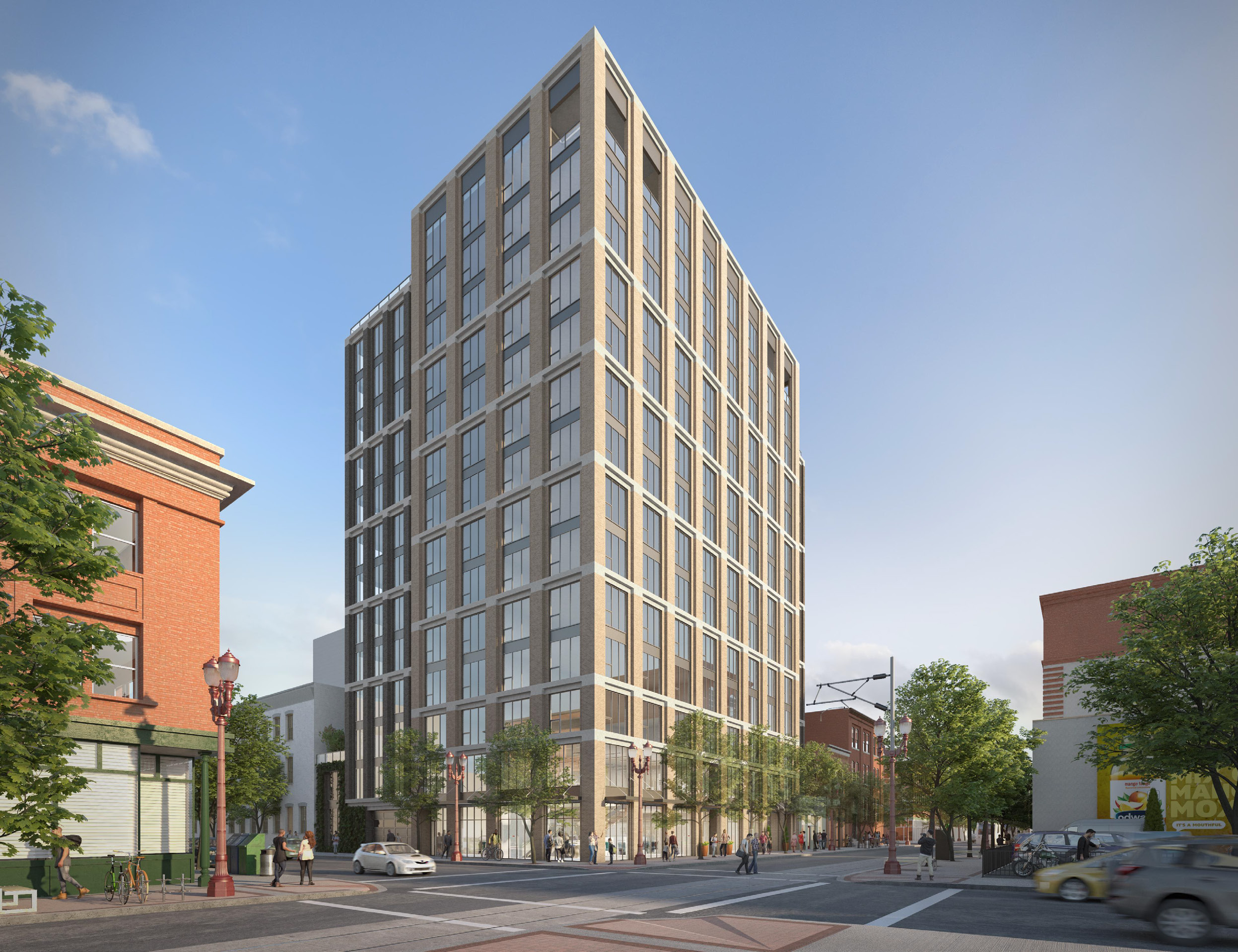
New Omni went in front of the Historic Landmarks Commission in December, where it was met by stiff opposition. Should the project move forward it could be the first Central City development go ahead under the city’s Inclusionary Zoning ordinance.
The Willamette Week wrote about opposition to new high rises, including the Riverplace Redevelopment, Fremont Place, New Omni and original proposal for Grand Belmont—much of which is coming from residents of nearby high rises.
The Oregonian looked at areas where height could be restricted as part of the Central City 2035 plan. Portland Architecture asked if the view corridor debate is civic activism or NIMBYism?
After 43 years, regulars said farewell to the Overlook Restaurant. The diner is being replaced by the Overlook apartments at 1332 N Skidmore St.
The Portland Tribune wrote about plans for the Portland River Center, which would replace the existing boathouse and add an interpretive center with educational and meeting spaces.
The Portland Mercury wrote about how the Oregon Constitution limits opportunities to leverage the $258 million housing bond passed by voters in 2016.
“What is, and what is not, working in Historic Districts?” is indeed the question.
What is not working in historic districts is the zoning code, which is not aligned with historic districts’ design guidelines stating that new buildings will be compatible in scale with contributing buildings in a historic district.
Which historic districts have adopted design guidelines that say that? Which guidelines?
Or change the guidelines (and code) to allow that, in an urban setting, tall buildings can be built next to smaller historic ones.
In the past, it’s been preferred practice in Portland to step back the upper stories a bit and do a mass that matches the cornice lines of surrounding historic buildings. In a case like this, it might be worth giving a height bonus to compensate for the lost FAR.
Just build it. It would be so much better than the trashy corner it is now.